

Give trust and school leaders clarity with stakeholder surveys
Give a voice to your pupils, parents and staff with unlimited surveys, and measure impact using the most robust educational benchmarks in England.
The biggest national education benchmarks of 2023/24
“One of the best things we’ve done to have a real impact on learner outcomes and help schools take improvement actions.”
more storiesTrusted by over 150 trusts and 2,000 schools across the UK
Gain clarity on the things that matter most
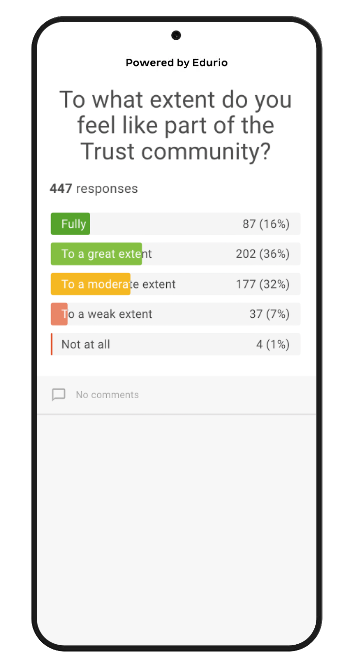
Trusted by over 150 trusts & 2,000 schools across the UK





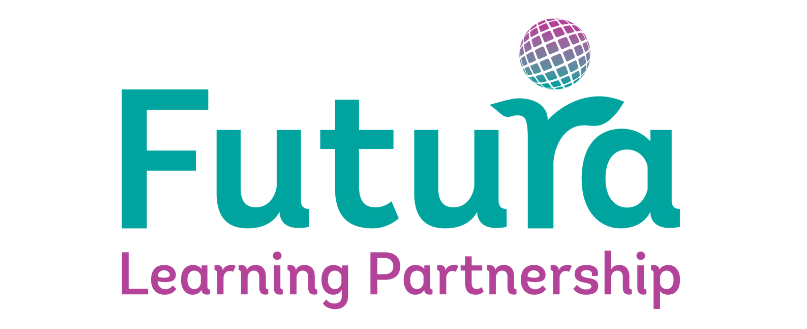
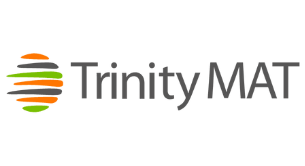











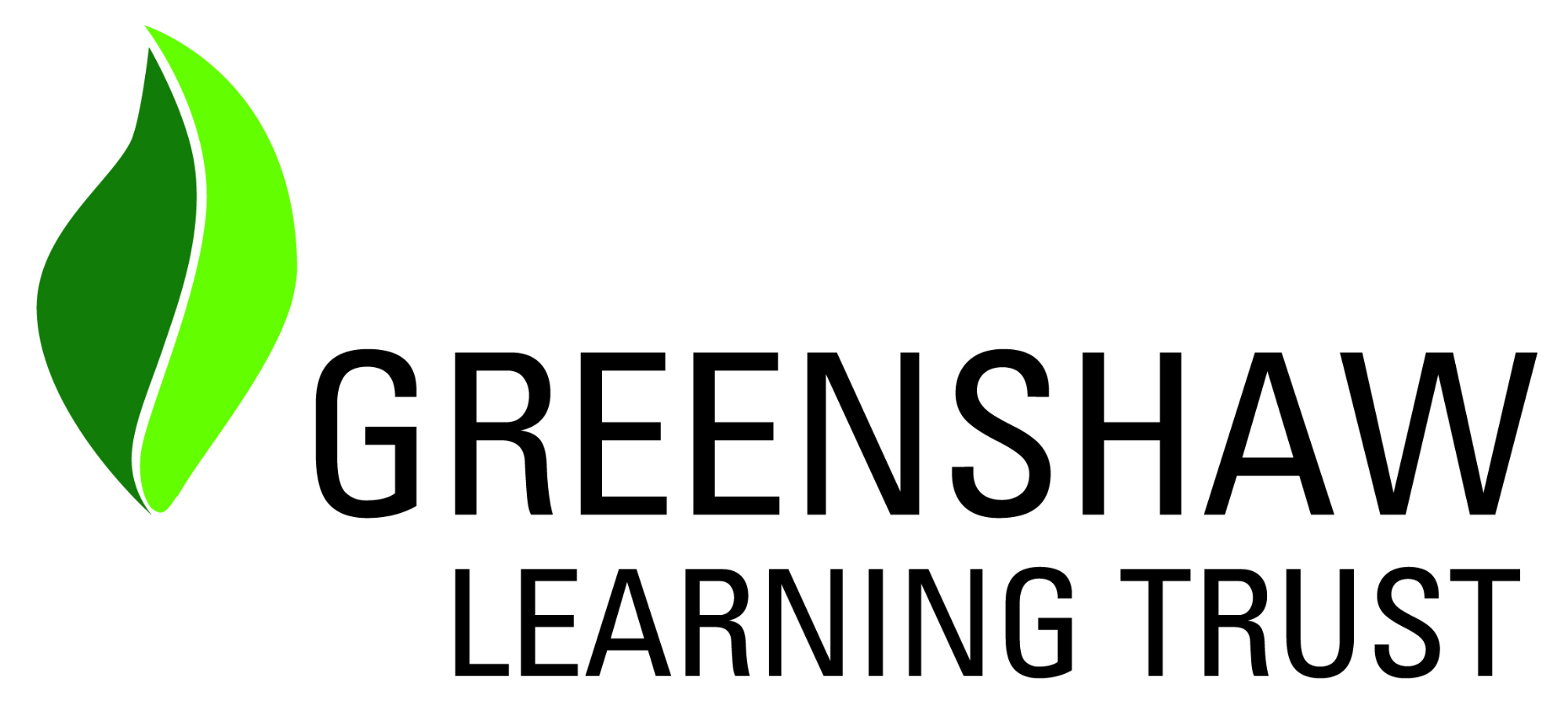









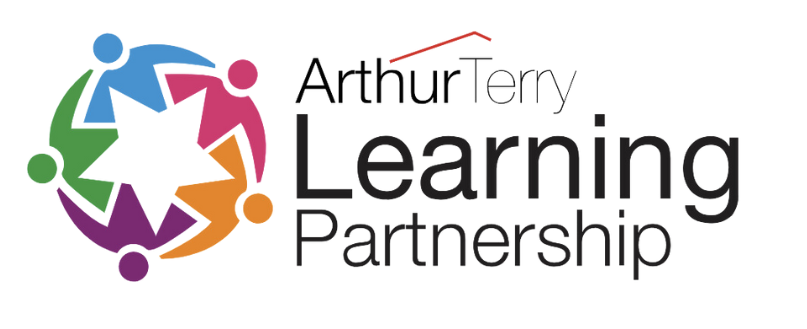



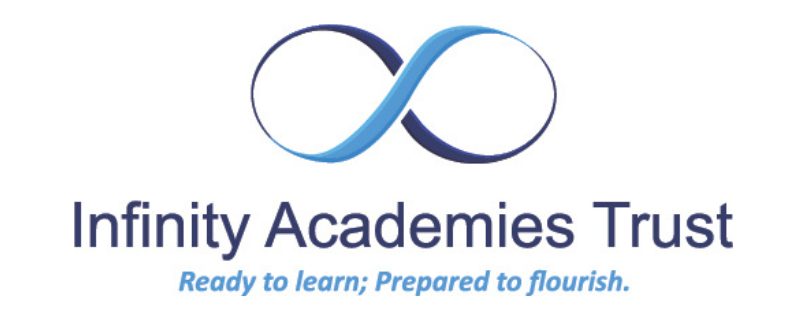
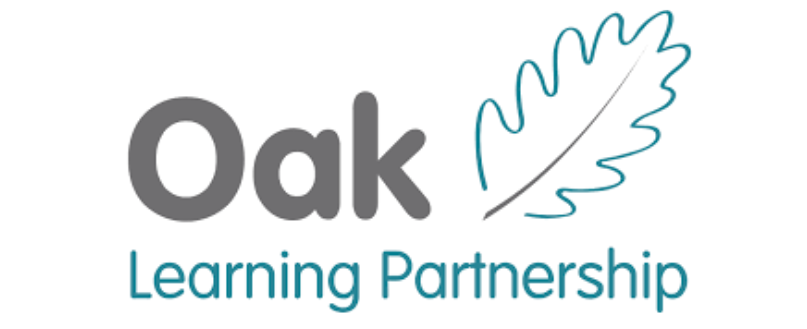










Helping every school become a thriving community
Explore a wealth of valuable insights through our diverse collection of reports, thought-provoking blogs, and real-life success stories in the form of good practice articles.
Webinars
Join free webinars designed for school trust leaders. Experts and education leaders will explore trends affecting staff, pupils, and parents, offering new insights and practical tools to help you lead your trust successfully.

National Reports
Our reports provide insights into key trends in education, helping school trust leaders make informed decisions. With the largest datasets in England, we are trusted thought leaders in the sector.

Blog
Explore our blog for the latest updates, sector insights, research summaries, and practical advice designed for schools and trusts.

Stakeholder Feedback Hub
Access an open-source set of resources on getting the most out of stakeholder feedback.
